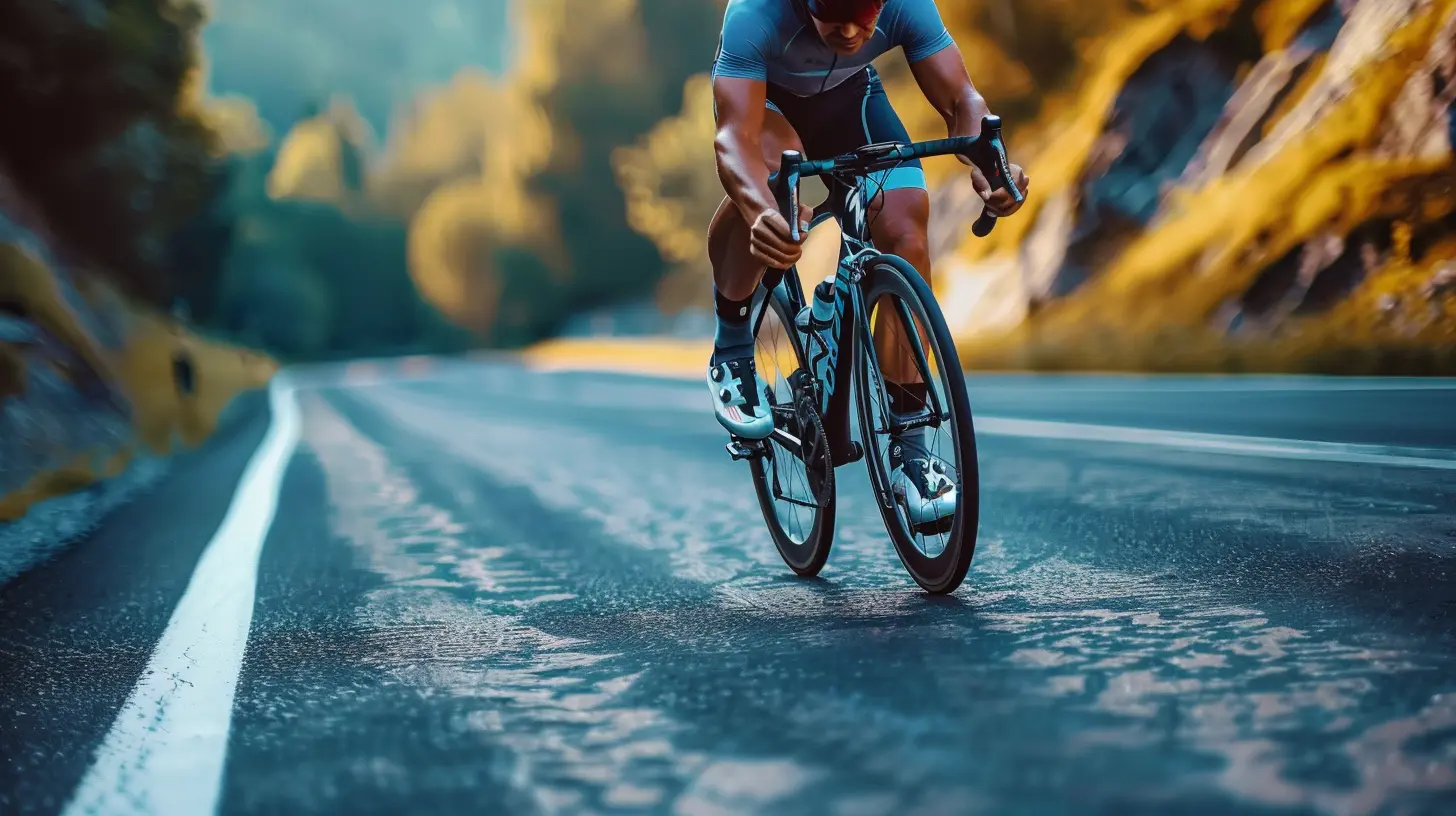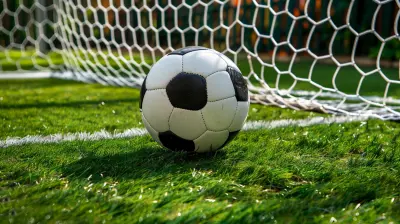6 April 2025
Cycling isn’t just about pedaling harder or riding longer—it’s a science. From biomechanics to nutrition, every detail impacts how well you perform on the bike. If you want to level up your cycling game, understanding the science behind it is the key.
In this guide, we’ll break down the essential factors that influence cycling performance and how you can optimize them.

1. The Physiology of Cycling Performance
To ride faster and longer, you need to understand how your body powers the bike. Your performance largely depends on three main systems:1.1 Cardiovascular System
Your heart and lungs are the powerhouses behind endurance. Cycling requires a strong heart to pump oxygen-rich blood to your muscles. The more efficient your cardiovascular system, the longer you can sustain high efforts.- VO2 Max: This refers to the maximum amount of oxygen your body can use during intense exercise. A higher VO2 max means better endurance. You can improve this through interval training and long rides.
- Lactate Threshold: This is the point where lactic acid accumulates faster than your body can clear it, leading to fatigue. Training at or just below your threshold can help delay exhaustion.
1.2 Muscular Endurance and Strength
Cycling engages major muscle groups, especially the quadriceps, hamstrings, glutes, and calves. To generate power, you need strong and fatigue-resistant muscles.- Strength Training: Adding squats, lunges, and deadlifts to your routine helps build lower-body strength and cycling efficiency.
- Cadence Optimization: A higher cadence (90+ RPM) reduces muscle fatigue, while a lower cadence (60-70 RPM) builds strength but may cause early exhaustion.
1.3 Energy Systems
Your body relies on different energy systems depending on the intensity and duration of your ride:- Aerobic System (low to moderate intensity, long rides)
- Anaerobic System (short bursts of power, sprints, hill climbs)
- ATP-PC System (quick, explosive efforts lasting a few seconds)
Balancing these energy systems through varied training ensures you can handle any cycling challenge.

2. The Science of Bike Fit and Aerodynamics
2.1 Bike Fit: The Foundation of Efficiency
A poorly fitted bike can lead to pain, discomfort, and wasted energy. A professional bike fit optimizes your position for maximum power output and comfort.Key elements of a proper bike fit:
- Saddle Height & Position: Too high or low can cause knee pain and inefficiency.
- Handlebar Reach & Drop: Impacts comfort, aerodynamics, and shoulder strain.
- Cleat Position: Affects pedaling efficiency and knee alignment.
2.2 Aerodynamics: The Free Speed Factor
When cycling at high speeds, most of your energy is spent overcoming air resistance. Reducing drag can help you go faster with the same effort.Ways to improve aerodynamics:
- Lower Body Position: A more aggressive forward lean reduces wind resistance.
- Tighter Clothing: Loose jerseys flap in the wind and slow you down.
- Aero Helmets & Wheels: These minimize drag and make a notable difference at high speeds.

3. Nutrition and Hydration for Optimal Performance
3.1 Fueling Your Rides
Cycling is an endurance sport, meaning your body needs the right energy sources to sustain effort.- Carbohydrates: Your primary fuel for long rides. Consume carbs before and during rides to maintain energy.
- Protein: Helps with muscle recovery and repair. Post-ride meals should include protein.
- Fats: Support long-term endurance by providing slow-burning energy.
3.2 Hydration Matters
Dehydration leads to fatigue, cramps, and decreased performance. Sweat rates vary, so it’s essential to drink regularly.- Electrolytes: Sodium, potassium, and magnesium help replenish lost minerals and prevent muscle cramps.
- Hydration Strategy: Drink 500-750ml of water per hour, more in hot conditions.

4. Training Techniques to Boost Performance
4.1 Interval Training for Speed and Endurance
High-Intensity Interval Training (HIIT) involves short bursts of intense effort followed by recovery. This improves both your aerobic and anaerobic capacity.Try this:
- 30 seconds sprint, 1-minute recovery (Repeat 8-12 times)
- 5-minute hard effort, 3-minute recovery (Repeat 4-6 times)
4.2 Hill Training for Strength and Power
Climbing strengthens your legs and improves overall cycling power.- Seated Climbs: Build endurance by maintaining a steady cadence.
- Standing Climbs: Engage more muscles and work on explosive power.
4.3 Long Rides for Stamina
Endurance rides improve your ability to ride longer without fatigue. Aim for at least one long ride every week (2-5 hours, depending on your goal).5. The Mental Side of Cycling
5.1 Psychological Strategies for Performance
Cycling is as much a mental game as it is physical. Staying focused and motivated is crucial, especially during tough rides.- Goal Setting: Set achievable short-term and long-term goals.
- Positive Self-Talk: Keep your mind on track with encouraging inner dialogue.
- Mindfulness & Visualization: Picture yourself succeeding before big rides or races.
5.2 Overcoming Fatigue and Pain
Fatigue is inevitable, but learning to manage it can give you an edge.- Break the Ride Into Segments: Focus on reaching the next milestone rather than the full distance.
- Use Music or Podcasts: Distract your mind from discomfort.
- Breathing Techniques: Maintain deep, controlled breathing to stay relaxed.
6. Recovery: The Key to Sustainable Gains
6.1 Why Recovery is Critical
Many cyclists believe more training equals better performance. But without proper recovery, your body won’t adapt, and you risk overtraining.6.2 Recovery Strategies
- Sleep: The ultimate performance booster. Aim for 7-9 hours per night.- Active Recovery: Easy rides help flush out lactic acid and promote circulation.
- Stretching & Foam Rolling: Prevents stiffness and improves flexibility.
- Nutrition Post-Ride: A mix of carbs and protein within 30-60 minutes after a ride for optimal recovery.
Final Thoughts
Cycling performance isn’t just about how hard you push the pedals—it’s about smart training, proper nutrition, mental strength, and recovery. By understanding the science behind cycling, you can make small adjustments that lead to big improvements.So, whether you’re training for a race or just aiming for personal bests, applying these principles will take your cycling to the next level. Now go out there and ride smarter, stronger, and faster!








Jackson Patterson
“Optimizing your cycling performance: because who doesn't want to feel like a superhero while wearing spandex? Just remember, those sweat stains come with great power!”
April 15, 2025 at 3:18 AM